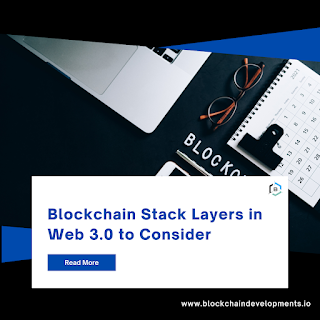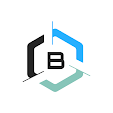Web3, also known as Web 3.0, is the next generation of the internet that is built on decentralized technologies, such as blockchain and peer-to-peer networks. The Web3 stack is a term used to describe the various layers of technologies that make up the Web3 ecosystem and something to be aware of as a decentralized exchange development company. These layers work together to enable decentralized applications (dApps) and decentralized finance (DeFi) to be built and run on the blockchain.
The layers of Web 3.0 every decentralized exchange development company should know are:
Application Layer: The application layer is the topmost layer of the Web3 stack and is the interface that users interact with. This layer includes decentralized applications (dApps) that are built using smart contracts on the blockchain. These dApps can range from simple games and social media platforms to more complex financial applications such as lending and borrowing platforms. The application layer is where users can interact with the blockchain and access the services and features offered by the dApp.
Smart Contract Layer: The smart contract layer is the layer that sits between the application layer and the protocol layer. It is responsible for executing the logic and functions of the dApp. Smart contracts are self-executing contracts with the terms of the agreement written directly into code. These contracts are stored on the blockchain and can be triggered by events or conditions specified in the contract. Smart contracts enable trustless and decentralized interactions between parties.
Protocol Layer: The protocol layer is the foundation of the Web3 stack and provides the underlying infrastructure for the blockchain. This layer includes protocols such as Ethereum, EOS, and TRON, which provide the functionality for the dApp to run on. The protocol layer includes the consensus mechanism, which is used to validate and process transactions on the blockchain, as well as the token standard, which is used to create and manage digital assets on the blockchain.
Network Layer: The network layer is the layer that connects all the nodes in the Web3 ecosystem. This layer includes peer-to-peer networks and other communication protocols that enable the nodes to communicate and share data. The network layer is responsible for maintaining the integrity and security of the blockchain, and providing the infrastructure for the dApps to run on.
Data Layer: The data layer is the layer that stores and manages the data on the blockchain. This layer includes databases, storage solutions, and other data management technologies that are used to store and manage the data on the blockchain. The data layer is responsible for maintaining the integrity and security of the data, as well as providing the infrastructure for the dApp to access and use the data.
Final words
Web3 stack layers work together to enable decentralized applications (dApps) and decentralized finance (DeFi) to be built and run on the blockchain. The application layer is the topmost layer of the Web3 stack and is the interface that users interact with, the smart contract layer is responsible for executing the logic and functions of the dApp, the protocol layer provides the underlying infrastructure for the blockchain, the network layer connects all the nodes in the Web3 ecosystem, and the data layer is responsible for storing and managing the data on the blockchain. Each layer of the Web3 stack plays an important role in making the Web3 ecosystem work and providing the infrastructure for building decentralized applications and enabling a decentralized exchange development company to excel.





0 Comments